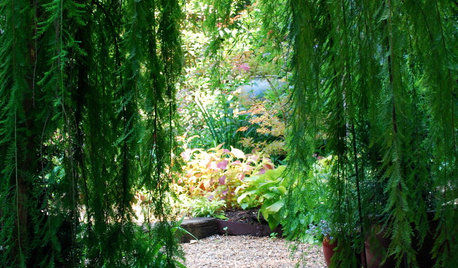Algae Control Using Ultrasonic Fogger
hank_mili
18 years ago
Related Stories

LANDSCAPE DESIGNTo Make Your Garden Memorable, Add a Hint of Mystery
An element of mystique — intriguing gates, an interplay of light and shadow, hidden views — can take your garden to the next level
Full StoryMore Discussions







willardb3
hank_miliOriginal Author
Related Professionals
Derry Landscape Architects & Landscape Designers · Woodinville Landscape Architects & Landscape Designers · Surprise Landscape Contractors · Berwyn Landscape Contractors · Byram Landscape Contractors · Eagle Landscape Contractors · Hayward Landscape Contractors · Long Branch Landscape Contractors · Newberg Landscape Contractors · Pleasant Hill Landscape Contractors · Salmon Creek Landscape Contractors · St. Louis Landscape Contractors · Westford Landscape Contractors · Shenandoah Landscape Contractors · Hueytown Landscape ContractorsNLG1
hank_miliOriginal Author
baci
hank_miliOriginal Author
baci
hank_miliOriginal Author
hank_miliOriginal Author
baci
jkirk3279
GreenGorilla
brendan_of_bonsai
hank_miliOriginal Author